Black Box
Cockpit
Voice Recorders (CVR) and Flight Data Recorders (FDR)
Although
named 'Blackboxes', flight recorders are painted orange with added reflective
strips to make them easily recognizable.
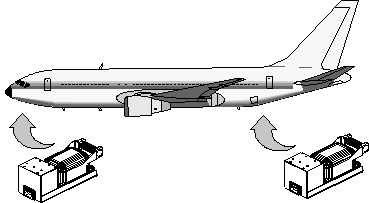
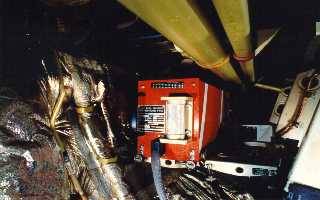
The
Flight Recorder is placed at the rear of the aircraft, surrounded by padding
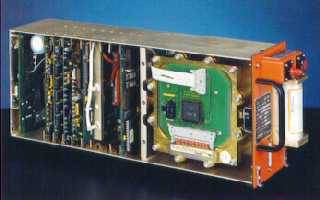
An
opened Flight Data Recorder
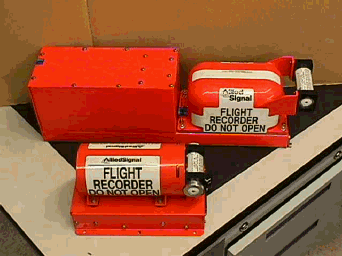
Flight recorders which
are ready to be installed
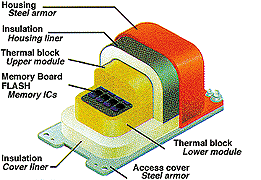
Cross section of a recoder
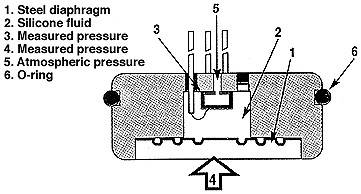
Impact prevention method to
protect the recorder
ADVANCED
DIGITAL DATA RECORDING SYSTEMS
The
industry is presently developing specifications for recording of CNS/ATM systems
information that, although not currently recorded, may be desirable to be stored
in crash survivable recorders on-board the aircraft. Examples include:
·
CNS/ATM digital data link (replacing the historical voice radio link),
·
Cockpit Video,
·
Increasing number of mandatory flight parameters
·
Navigation and Surveillance information (future systems).
·
Direct Digital Audio Inputs (in lieu of analog conversion and sampling)
There
is continuing debate within industry on the benefits of adding some of these new
information sources to the airborne crash survivable recorders. As already
discussed, combining Flight Data and Cockpit Voice within a single unit is
relatively simple, but may be quickly obsoleted by any future recording
legislation.
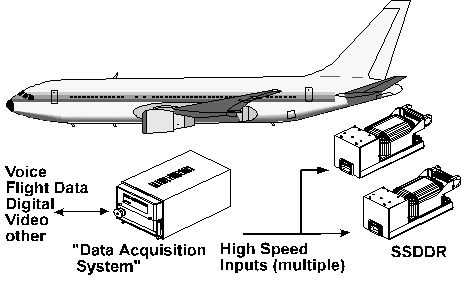
Solid
State Digital Data Recorder (SSDDR) System
In
this proposed new system the crash survivable recorders are reduced to simply
recording digital information received on high-speed serial interface(s). The
recorders need not know the specific source or type of information being
recorded, but simply recording the digital data as it is received under a yet to
be defined rule set. The processing of information and digitization would
therefore take place in other avionics within the aircraft and transmitted to
the redundant recorders. If developed suitably, this architecture can provide
the following benefits:
1)
Dual redundant Crash Survivable Recorders - Reduces airlines spares and logistic
support and provides improved probability of 100% data recovery.
2)
Crash survivable recorder need not require modification to meet changes in
recording requirements.
3)
Lower system cost - data processing and digitization process moved to highly
integrated avionics subsystems (instead of the recorders themselves, which are
subject to more severe operating environments)
4)
Minimizing Installation costs by reducing wiring required for growth systems.
5)
Eliminating the need to add other crash survivable recorders for additional
information storage
6)
Minimize cost impact for the recorder itself. The price of two redundant
recorders would only be on the order of 50% more than the total price of today's
separate FDR/CVR combination.
In this architecture, the crash survivable recorders need sufficient memory capacity and input bandwidth to handle current and future requirements.
Following
an accident, both recorders are immediately removed from the accident site and
taken into the custody of department of civil aviation authority. Using
sophisticated computer and audio equipment; the information stored on the
recorders is extracted and translated into an understandable format. Depending
on the situation of the accident backups of the recoding is taken.
The Cockpit Voice Recorder
The CVR records the flight crew's
voices, as well as other sounds inside the cockpit. The recorder's "cockpit
area microphone" is usually located on the overhead instrument panel
between the two pilots. Sounds of interest to an investigator could be engine
noise, stall warnings, landing gear extension and retraction, and other clicks
and pops. From these sounds, parameters such as engine rpm, system failures,
speed, and the time at which certain events occur can often be determined.
Communications with Air Traffic Control, automated radio weather briefings and
conversation between the pilots and ground or cabin crew are also recorded.
During the investigation the aviation, authorities create a written transcript
of the tape to be used. The captain of an aircraft has the authority to erase
the CVR contents if he believes the particular aircraft has not involved in such
situation that an investigation to be carried out. This is mainly because of the
CVR recodes all the personal dialogs among the cockpit crew and further exposes
their privacy. CVR installed on aircraft including helicopters shall have a
capability of retaining the information recorded during at least the last 30
minutes of their operation and also the CVR shall not be switched off
during flight time.
From 1st January 2005 all
aircraft including helicopter equipped to utilize digital communication and
required to carry a cockpit voice recorder shall record on the cockpit voice
recorder or the flight data recorder the digital communications with Air Traffic
Service (ATS).
Air traffic control tapes (both radar and voice) with their
associated time codes are also used to help determine the local standard time of
one or more events during the accident sequence. These times are applied to the
transcript, which provides a local time for every event on the transcript. This
transcript contains all pertinent portions of the recording. The actual
transcript of air crash KLM and Panam is available at the home
page and you can pause the scrolling transcript by mouse clicking it.
The CVR recordings are treated differently than the other
information obtained in an accident investigation. Due to the highly sensitive
nature of the verbal communications inside the cockpit, and the content and
timing of release of the written transcript are strictly regulated.
The Flight
Data Recorder
FDR can store 5 to 300
numbers of parameters for a period 25 hours continuously while CVR can store 4
voice channels.
Here are a few of the parameters recorded by most FDRs:
|
Time
| Pressure altitude
| Airspeed
| Vertical acceleration
| Magnetic heading
| Control-column position
| Rudder-pedal position
| Control-wheel position
| Horizontal stabilizer
| Fuel flow |
FDR has impact tolerance of 3400Gs /6.5ms and fire resistance of
1100 degC/30 min. The FDR and CVR withstand a water pressure resistance up to a
level of 20,000 ft. Battery of FDR and CVR has 6 years of shelf life.
Best selling books about Black Boxes (Click for details)
![]()


